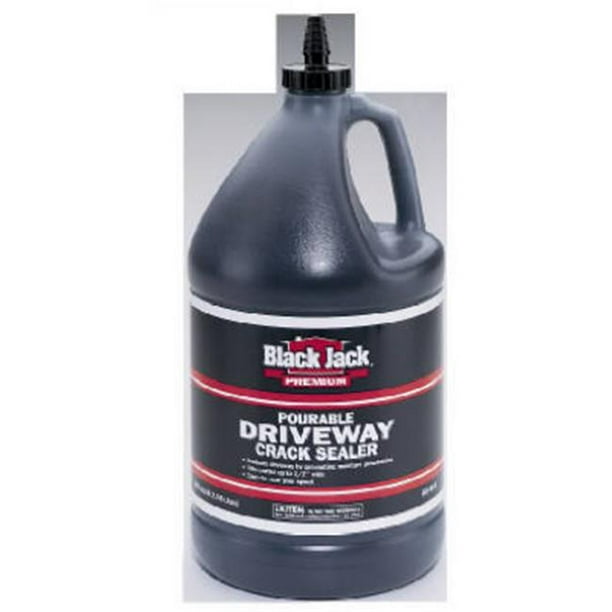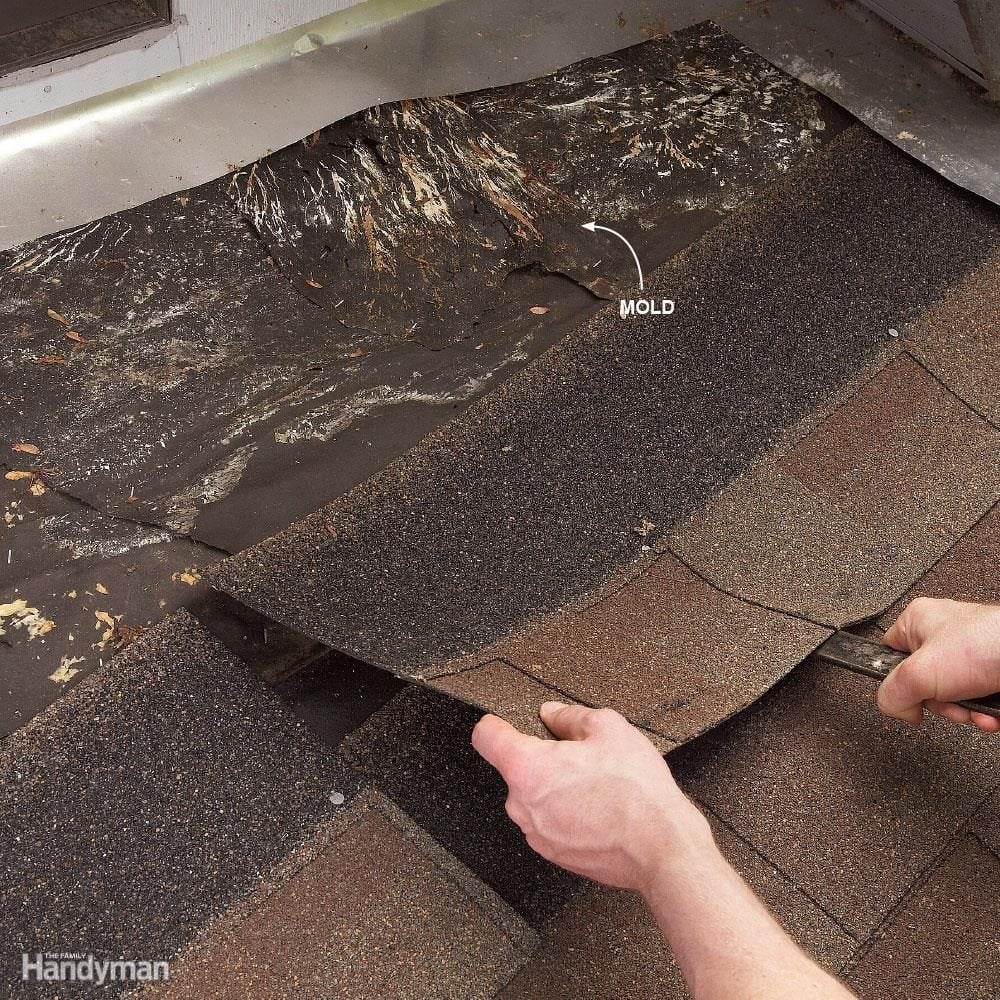While the terms crack filling and crack sealing are often used interchangeably, there are differences between these methods of pavement crack repair. Understanding these differences will help you make the most cost-effective choice and long-lasting solution for crack treatment of your asphalt surfaces.
Liquid Road™ is a high performance mineral and fiber reinforced asphalt emulsion blended with polymers and special surfactants for superior adhesion, flexibility, and durability. Liquid Road™ replenishes the binder that is lost through oxidation and weathering, while providing a slip resistant durable surface treatment.
Liquid nails - asphalt repair adhesive caulking.KEY FEATURES: A Butyl rubber and asphalt based sealant designed specifically for sealing cracks and joints in asphalt or blacktop. It can also be used in driveway expansion joints. Formulated to improve overall surface traction and appearance, Driveway asphalt filler and sealer protects weathered or cracked blacktop driveways. Capable of filling surface cracks up to an 1/8 in THK, Driveway asphalt filler and sealer covers 200 to 400 sq-ft per 5 gal pail, depending on surface texture. Size Gal=4.75 HE175 - ASPHALT Unit: PAIL. Bon Tool 19-113 Asphalt Crack Filler tar pot 9.7 9.2 9.8 2: 250 ft Black Permanent Asphalt/Concrete Driveway/Blacktop Crack Filler Repair 9.5 9.0 9.6 3: Marshalltown Asphalt Pour Pot, Model RED704988. UPDATED RANKING Disclaimer: These choices may be out of date. You need to go to wiki.ezvid.com to see th.
Crack sealing
Crack sealing is a method in which hot sealant is applied to working cracks to prevent water intrusion.
What are working cracks?
- Working cracks are horizontal and/or vertical movements in cracks greater than 0.1 inches.
- An example of working cracks is a transverse crack.
Understanding crack sealants
Crack sealants are rubberized and have the ability to seal the crack while staying flexible with the pavement’s movement. Beneficial for active cracks that continue to extend in size and severity over time, crack sealants stop water and debris from entering the crack, protecting the longevity of the pavement.
Crack filling
Crack filling is the placement of asphalt emulsion into non-working cracks to reduce water infiltration and to reinforce the adjacent pavement.
What are non-working cracks?
- Non-working cracks are horizontal and/or vertical movements in the crack less than 0.1 inches.
- Examples of non-working cracks include longitudinal, diagonal and alligator cracks.
- In contrast to crack sealing, crack filling treats pavement that doesn’t show significant movement.
10 Best Asphalt Crack Fillers
7 types of cracks
Before you choose which method is best for treating your pavement cracks, it is critical to understand the types of cracks that can occur:
1. Transverse cracks
- The crack extends in a perpendicular fashion to the centerline or laydown direction of the pavement.
- Cause: thermal shifts and are the first to appear.
2. Longitudinal cracks
- Longitudinal cracks run parallel to the centerline or laydown direction of the pavement and appear later than transverse cracks.
- Cause: Poor lane join construction, pavement shrinkage, hardening of the asphalt and shifts in temperature.

3. Edge cracks
- Edge cracks develop between the edge of the pavement and concrete curbs.
- Cause: Seasonal thaw cycles that result in widening and deepening of the crack.
4. Seam cracks
- Seam cracks develop along joints of pavement.
- Cause: Poor paving procedures
5. Block cracks

- Block cracks develop in square pieces and are spaced between 4 to 12 feet. They often appear at the end of the pavement life.
- Cause: improper construction of base courses or lack of drainage.
6. Reflective cracks

- Cause: Changes in the movement of the sub-base, causing the surface material to crack.
- Correcting sub-base courses can help eliminate reflective cracks.
7. Alligator cracking
- Alligator cracking is a series of interconnecting cracks that are extensive, close together and resemble an alligator’s skin.
- Cause: Deterioration in the asphalt from repeated traffic loading.
Choosing the right method of crack repair
When deciding whether to fill or seal a crack, the best option is to speak to a professional. They will carefully evaluate the type of crack, expected movement of the pavement and whether it is a working or non-working crack. Transverse cracks are usually the first to appear in pavement surfaces, but other types of cracks can develop at the same time.
Crack filling: Often the best option for non-working cracks with moderate to no edge deterioration.
Best Rubberized Asphalt Crack Filler

Crack sealing: Often best option for cracks with limited edge deterioration.
Liquid Nails Asphalt Crack Filler For Driveways Youtube
Contact Aegis
Lowe's Asphalt Crack Filler
Our expert team can evaluate issues related to pavement cracks and treat them appropriately in Eugene, Springfield, Roseburg and Coos Bay, Oregon. Contact us to learn more about our asphalt repair services.
